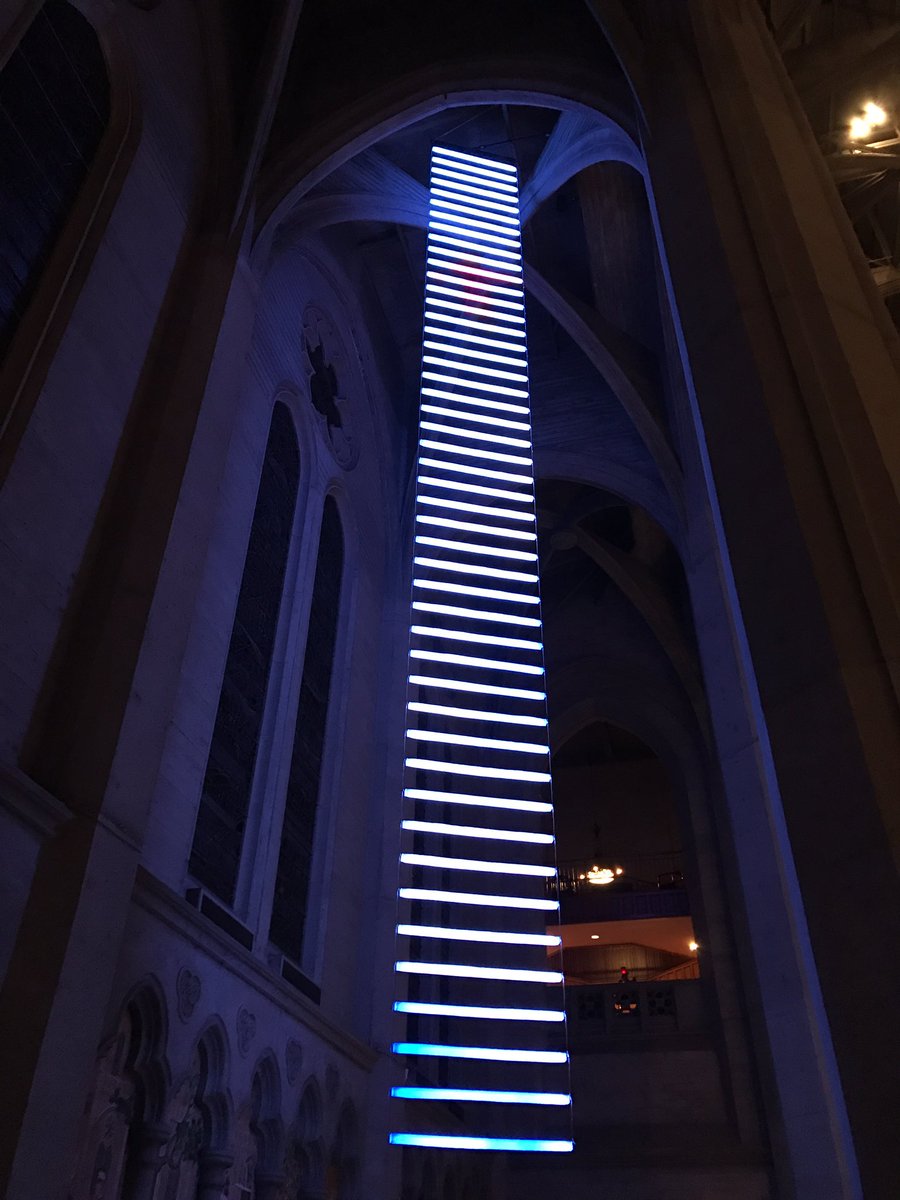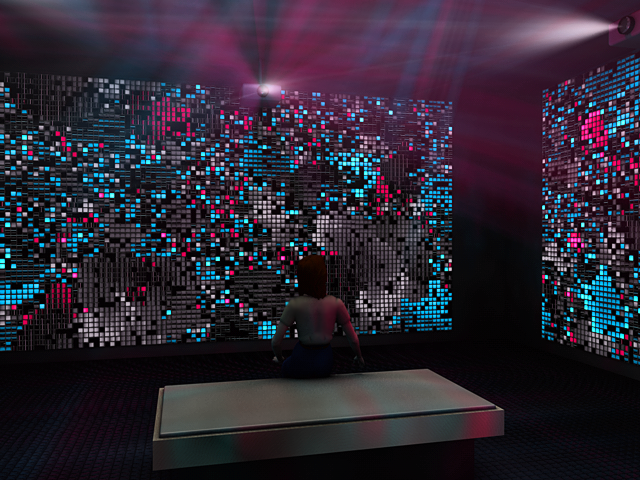Рейнальд Друхин
Der 1969 geborene zeitgenössische Künstler Reynald Drouhin lebt und arbeitet in Paris und unterrichtet Multimedia an der School of Fine Arts in Rennes. Er studierte Bildende Kunst an den Beaux-Arts de Paris (DNSAP und Masters in Hypermedia Multimedia, 1998) und an der Universität Paris 1 (Maîtrise, 1994). Seine Praxis umfasst digitale Werkzeuge, Fotografie, Video, Installation und Skulptur. Er ist nicht zufrieden mit einem dedizierten Raum (dem des Internets, einer Projektionsfläche oder der Räumlichkeit einer Galerie), sondern erfasst wiederum verschiedene Möglichkeiten und versucht so, etwas anderes als das Sichtbare zu enthüllen, wie einen parallelen Raum, gespenstisch, seltsam, oder er hat sich aus kodifizierten Daten ergeben. Er hat an Veranstaltungen teilgenommen, die von Digital Arti (2011), auf der Rennes Biennale (2010), beim File Festival (2013) Media Art, organisiert wurden. Ghost Walk “(2009) und„ Es war einmal… “(2007) in der Galerie der schönen Künste in Lorient („ Ohne Titel “, 2006) in der Galerie Biche de Bere („ Natural / Digital “, 2005), bei Confluences (2003), in der Public Gallery (2001), beim Belfort International Urban Multimedia Arts Festival (2000), auf der Montreal Biennale und bei der von Champ Libre organisierten internationalen Veranstaltung Video & Electronic Art (Montreal, 2000 und 1999) und bei ISEA (Chicago, 1997).





